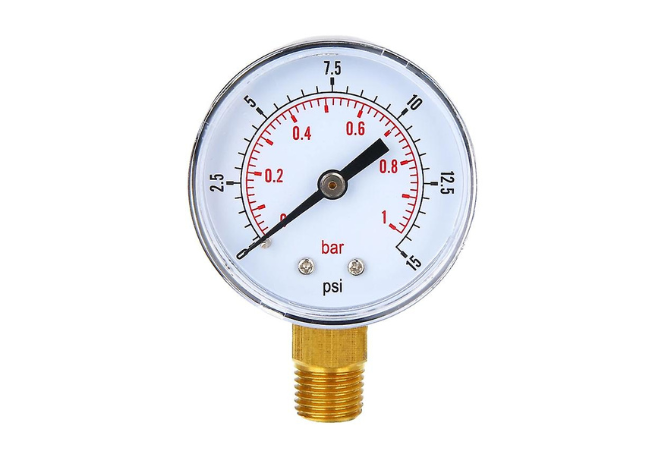Why Do You Need MCCBs in Your Electrical Protection System?
Modern electrical systems are becoming increasingly complex, necessitating advanced protection mechanisms. Molded Case Circuit Breakers (MCCBs) stand as crucial components in safeguarding electrical circuits from excessive current, which can cause damage to equipment or even fire hazards. In this comprehensive guide, we'll explore how MCCBs operate alongside other essential devices like RCBOs, MCBs, and RCDs to provide a robust safety net for both residential and industrial settings.
Understanding MCCBs: Your First Line of Defense
MCCBs are designed to provide precise protection by automatically cutting off electrical power when currents exceed safe levels. Unlike their smaller counterparts, Miniature Circuit Breakers (MCBs), MCCBs handle higher current load capacities, making them ideal for commercial and industrial applications. Their robust construction allows them to withstand significant electrical faults without damage.
How Do MCCBs Work?
MCCBs consist of a thermal element for overcurrent protection and a magnetic component for short-circuit protection. The thermal part protects against long-term overcurrents slightly above the rated capacity, which might cause overheating. Conversely, the magnetic element reacts almost instantaneously to severe spikes in current, such as those caused by short circuits, providing immediate disconnection to prevent damage.
Complementing MCCBs with RCBOs, MCBs, and RCDs
To understand the complete protective setup, it's essential to know how MCCBs integrate with RCBOs, MCBs, and RCDs:
Role of MCBs
MCBs are commonly used in residential wiring because of their ability to handle lower currents. They offer protection by isolating a particular circuit within the installation, preventing the entire system from shutting down during a fault.
Importance of RCBOs
Residual Current Breakers with Overcurrent (RCBOs) are advanced protective devices that combine the functions of an RCD and an MCB in one unit. They protect against earth faults, overloads, and short circuits, making them particularly useful in scenarios where there is a high risk of both overcurrent and fault currents.
Functionality of RCDs
Residual Current Devices (RCDs) are critical in preventing electric shock. They rapidly break an electrical circuit to prevent serious harm from an ongoing electric shock or fire caused by earth faults.
Selecting the Right MCCB for Your Needs
Choosing the correct MCCB involves understanding several key factors:
-
Current Rating: The maximum current the breaker can carry without tripping.
-
Trip Characteristics: How quickly the MCCB reacts to a given overcurrent, tailored to different applications.
-
Breaking Capacity: The maximum fault current the breaker can interrupt without damage.
Installation and Maintenance
Proper installation and regular maintenance are crucial for ensuring that MCCBs function effectively. It includes periodic testing and cleaning to prevent dust buildup, which can interfere with mechanical components and potentially lead to overheating.
Applications of MCCBs in Various Industries
MCCBs find applications across multiple sectors due to their versatility and robustness:
Industrial Applications
In industries where machinery requires high currents, MCCBs are invaluable. They protect against the potential damages of power surges and electrical faults, ensuring that manufacturing processes run smoothly without lengthy downtimes.
Commercial Buildings
For commercial establishments like shopping centers or office buildings, MCCBs help manage and protect the complex electrical systems required to run HVAC systems, elevators, and lighting networks efficiently.
Utility and Infrastructure
MCCBs also play a crucial role in the infrastructure sector, particularly in utility substations and renewable energy setups, where they ensure safety and continuity of service.
Future Trends in MCCB Technology
The future of MCCB technology points towards integration with innovative technology. Smart MCCBs are being developed to offer real-time monitoring and control over electrical circuits via remote management systems. This technology not only enhances the efficiency of electrical systems but also significantly improves safety by providing immediate data on circuit health, allowing for preemptive maintenance and fault diagnosis.
In conclusion, MCCBs, along with RCBOs, MCBs, and RCDs, form the backbone of modern electrical safety systems. Their ability to prevent damage and protect lives cannot be understated. As technology evolves, the capabilities of MCCBs are expected to expand, paving the way for more intelligent, safer electrical systems. Whether you're outfitting a new building or upgrading an existing system, understanding the role and function of MCCBs is crucial in choosing the proper protection for your electrical installations.




Comments
Post a Comment